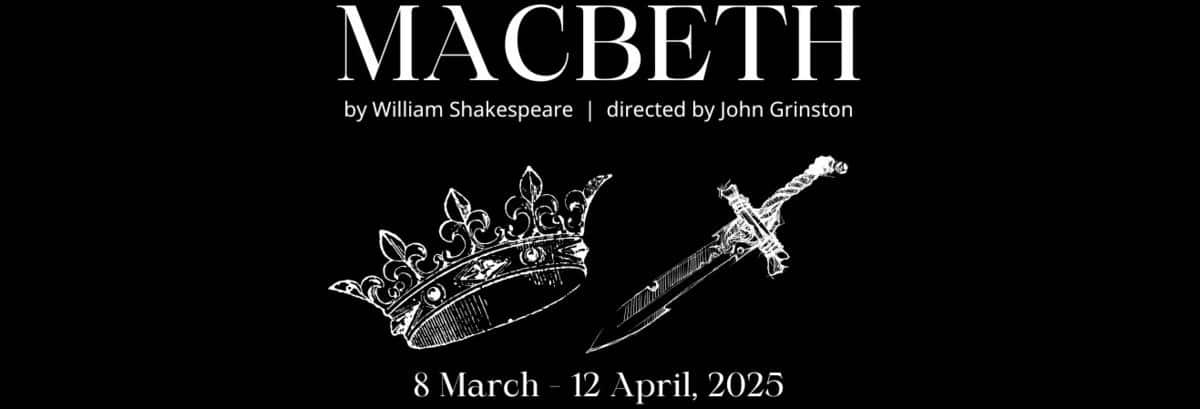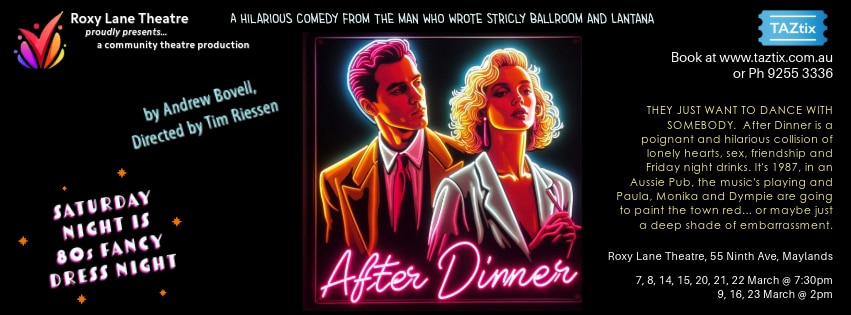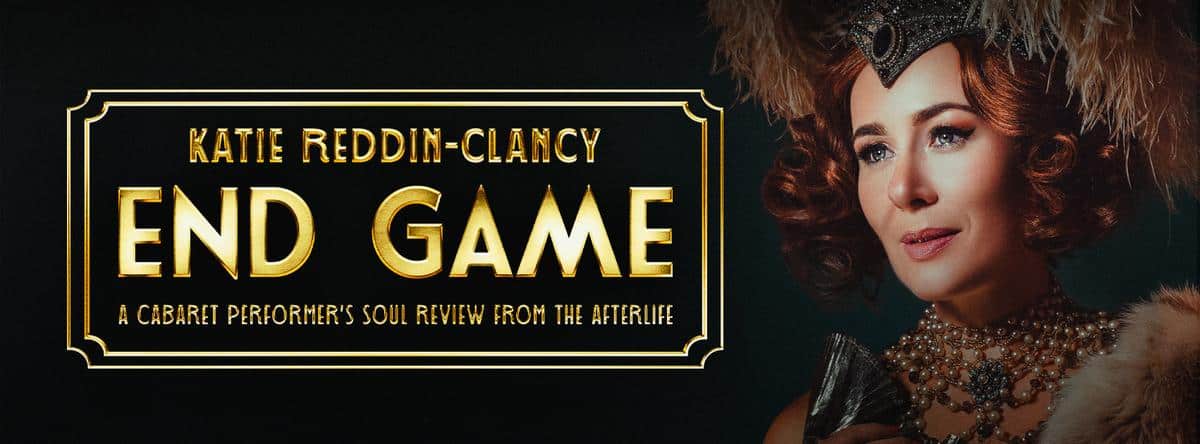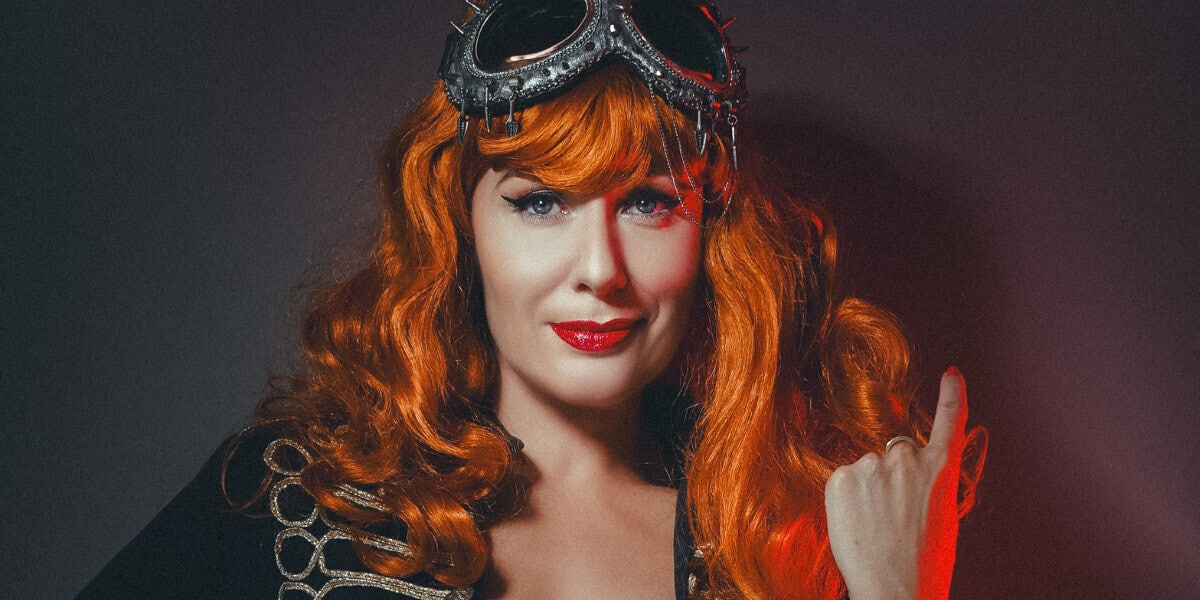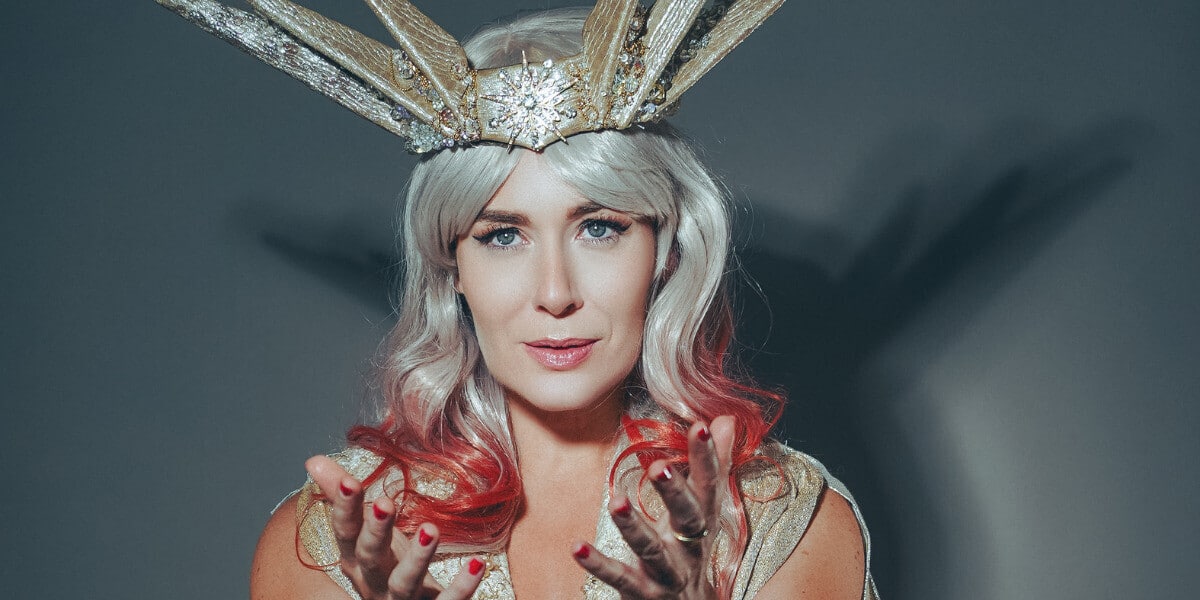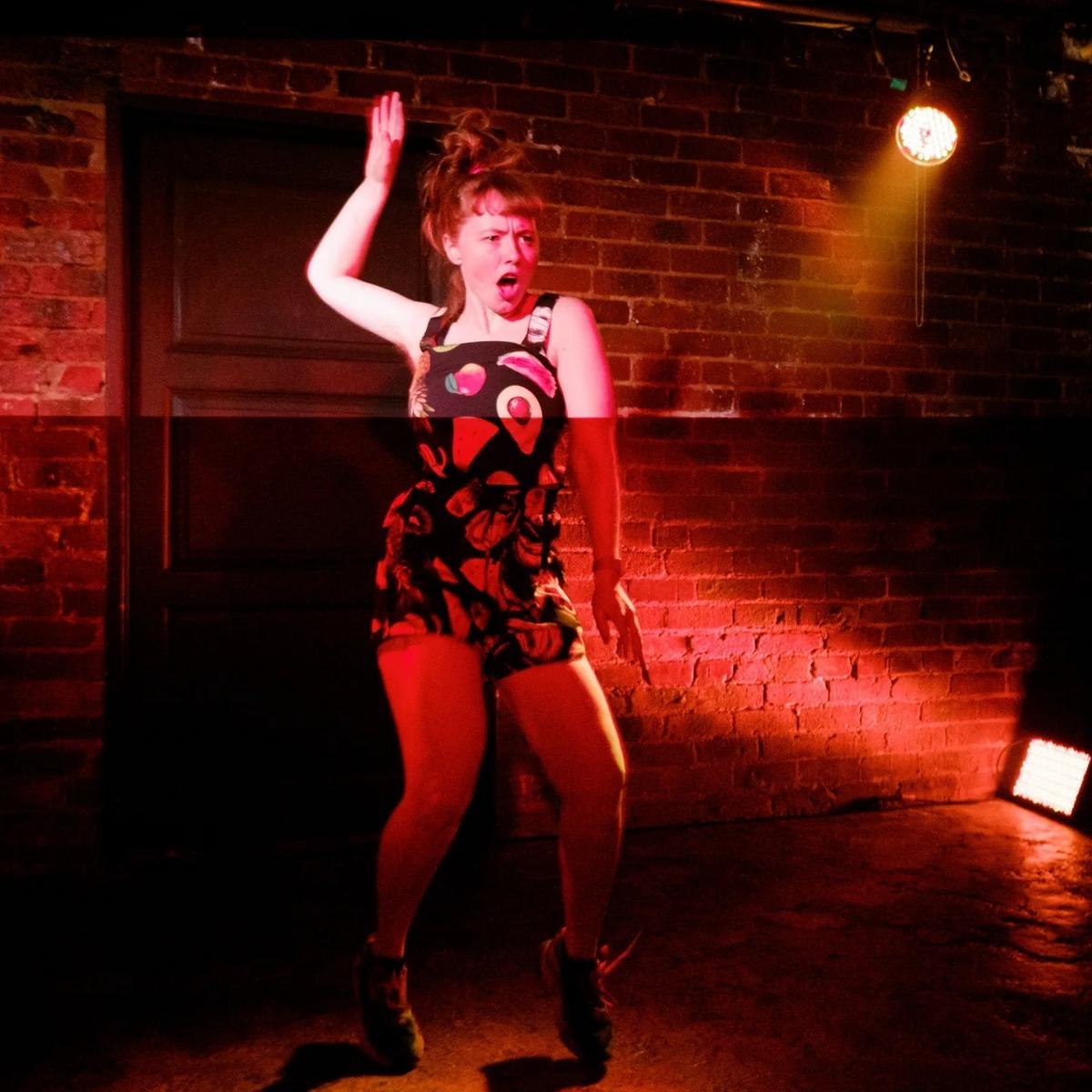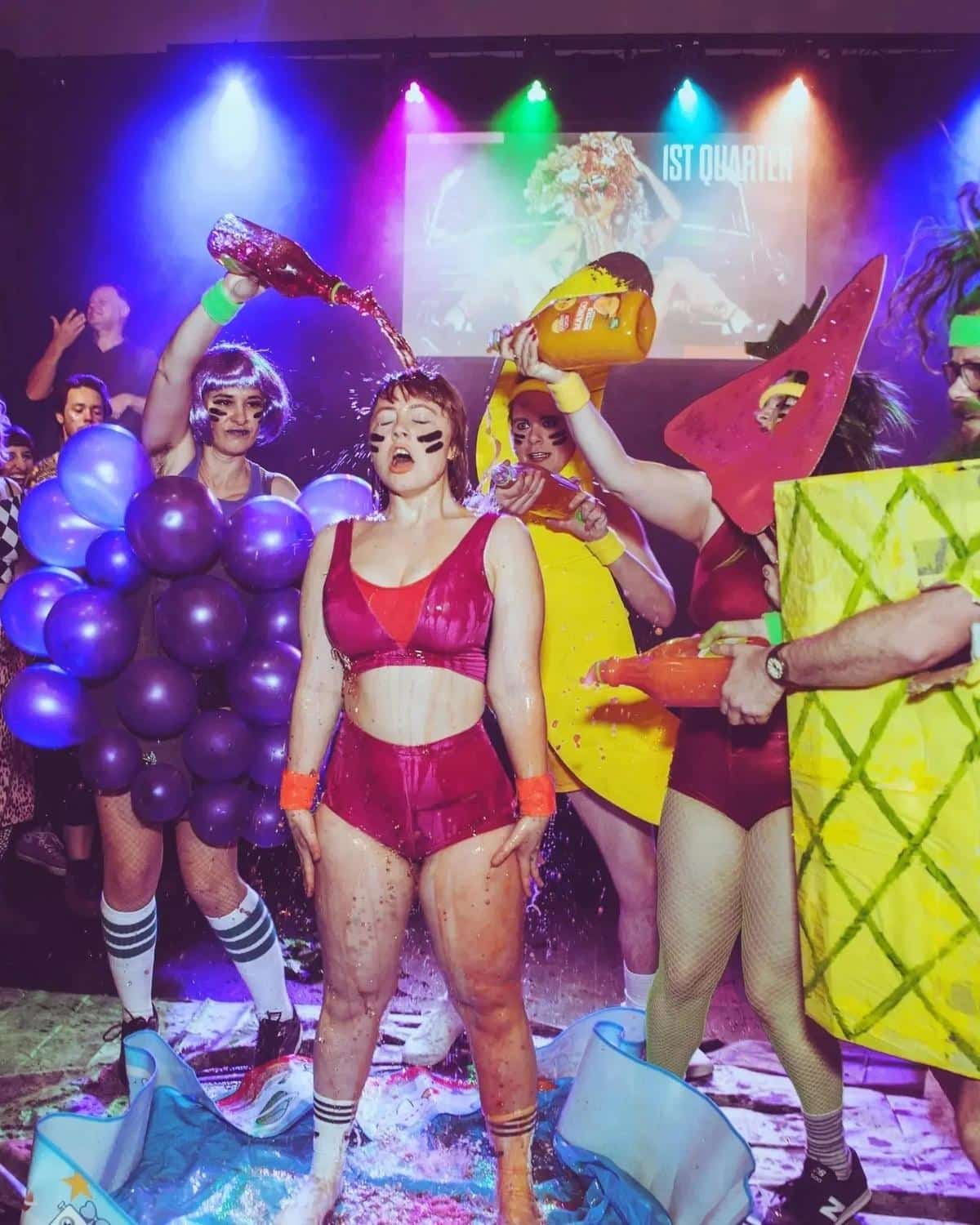Director John Grinston delivers a compelling interpretation of Shakespeare’s shortest tragedy, Macbeth, which follows the dark and ambitious rise of a Scottish general who murders his way to the throne, spurred on by his equally ruthless wife.
The production’s minimalist set – featuring a cloudy backdrop and simple, unchanging props – places the focus squarely on the actors and the power of Shakespeare’s words. While this approach demands strong performances to maintain audience engagement, the cast largely succeeded in bringing energy and verve to their roles.
Shakespearean dialogue, with its dense 11th-century language, can be notoriously difficult to render fluently. However, several actors navigated it with skill, making the text feel natural and immersive. Dimitri Armatas (Banquo) was particularly outstanding, delivering a consistently engaging and authentic performance. A standout moment came from Micah Doughty as Seyton, who stumbled in from a drunken night, weaving through the audience before joining his companions onstage. His delivery, in full Shakespearean fluency, was both amusing and believable, offering a rare moment of levity in the otherwise dark narrative.
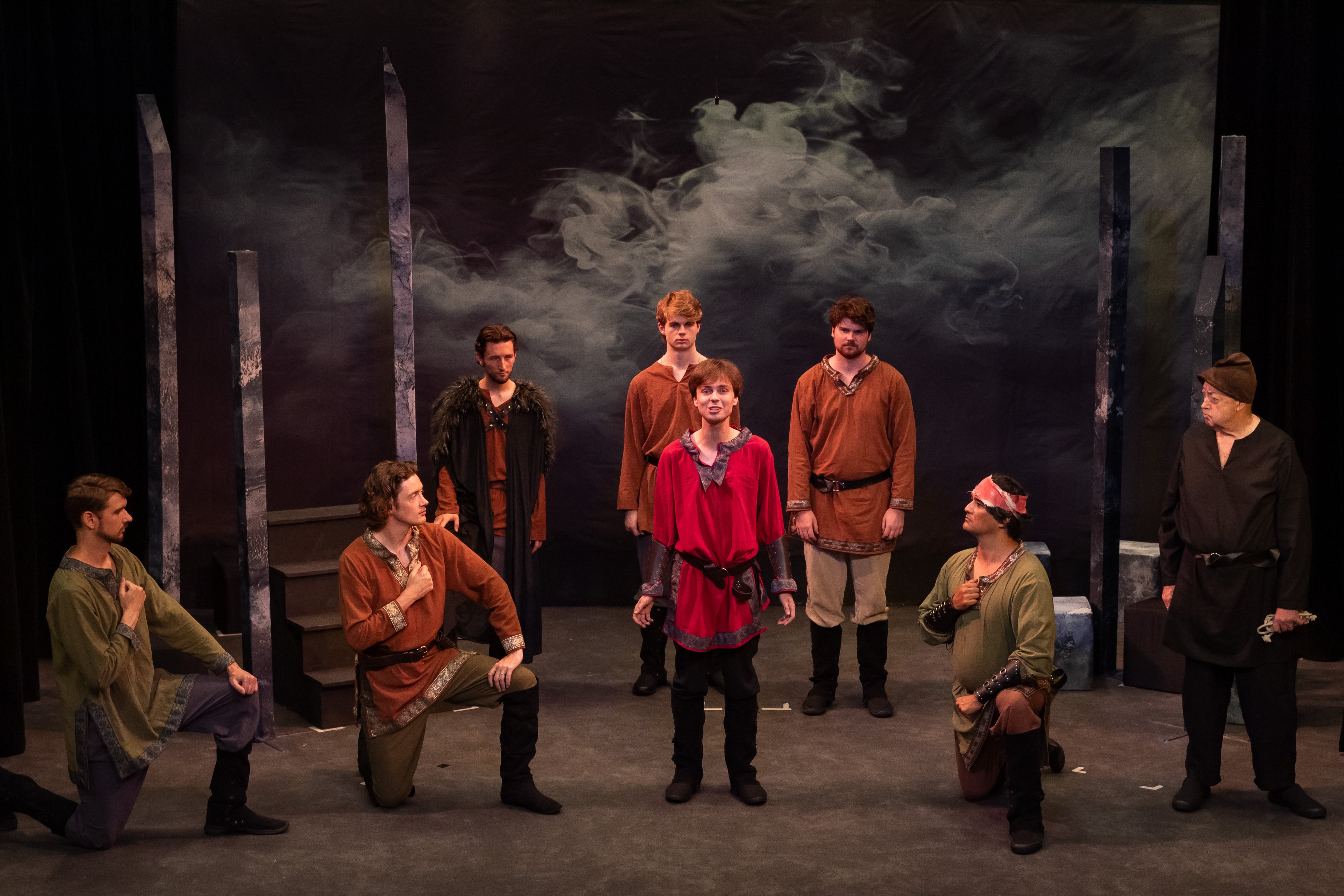
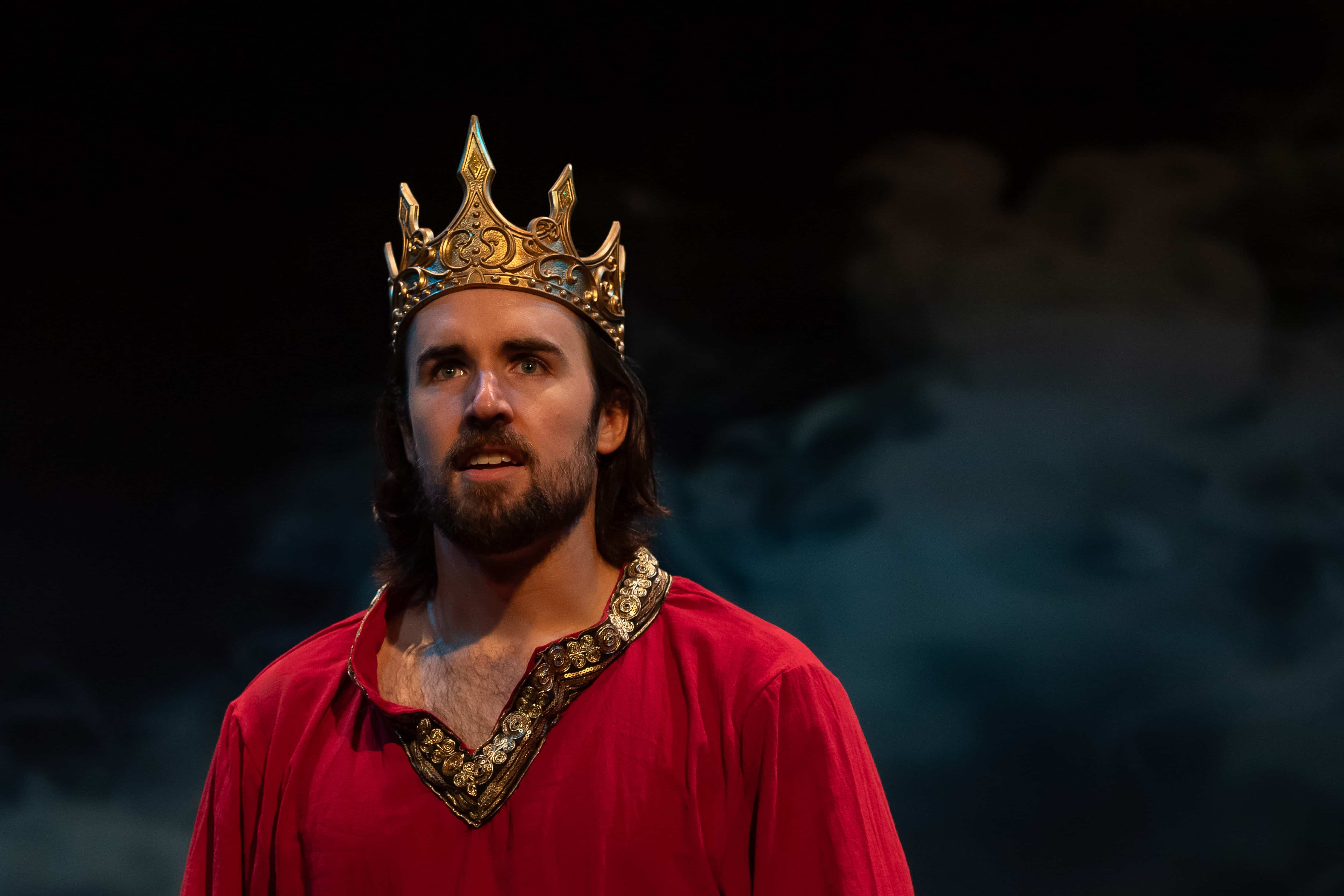
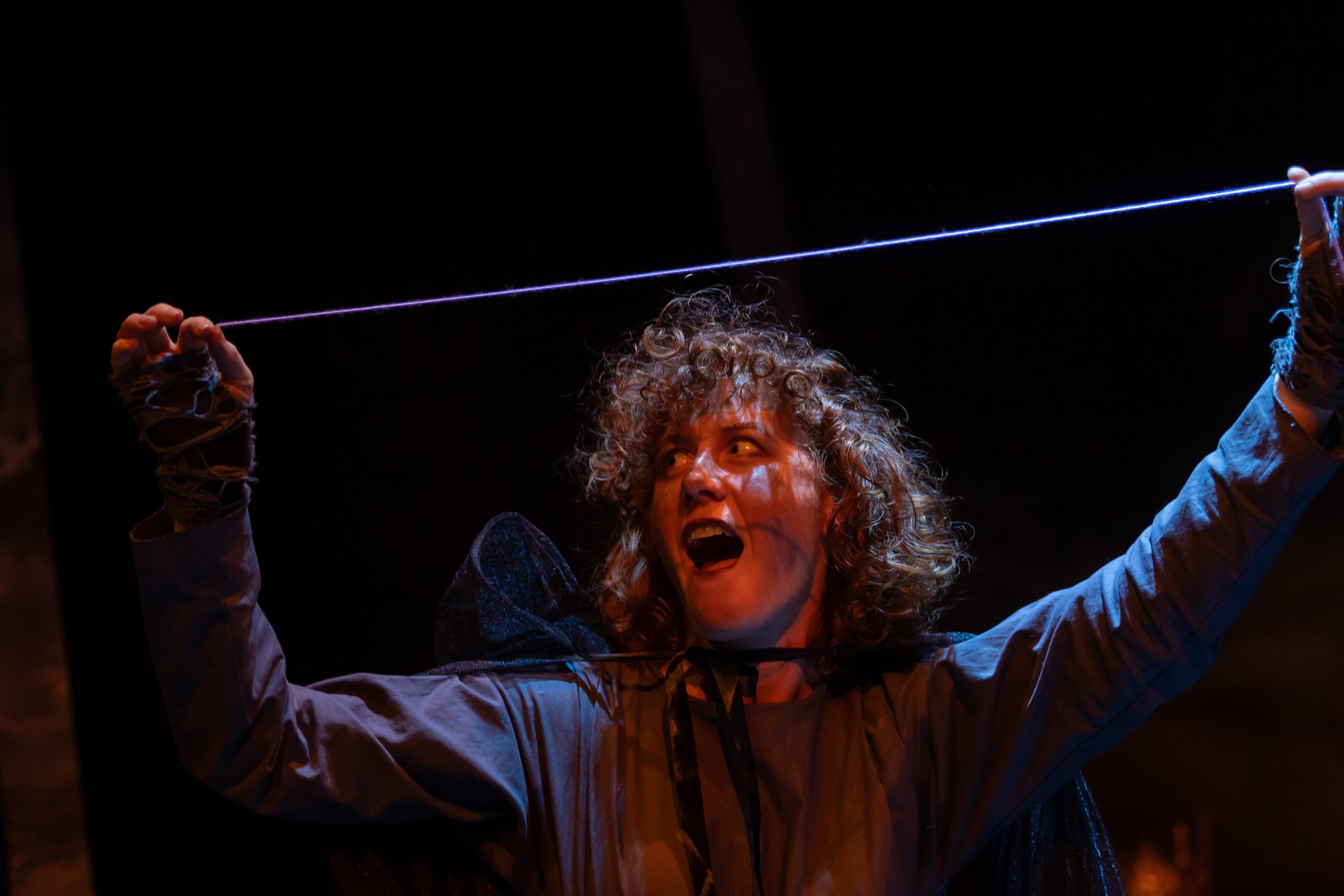
As Macbeth, Jack Taylor handled the immense demands of the role well, especially considering this was his first Shakespearean performance. He had moments of true greatness, portraying Macbeth’s descent into tyranny with conviction.
Yvette Gillies played Lady Macbeth with admirable command, though her casting opposite a much younger Macbeth was an interesting choice. Indeed, some productions have depicted Lady Macbeth as older, emphasising her ambition, influence, and almost maternal guidance over her husband. Gillies’ Scottish accent was a welcome addition, lending authenticity to her portrayal, though it did contrast sharply with the rest of the cast, who spoke in more neutral tones.
Veteran actors David Stewart-Hunter (King Duncan) and John Benjamin (Doctor) added a seasoned presence to the production, bringing gravitas to their roles. Meanwhile, the trio of witches – Jasna Mars, Poppy Cozens, and Julie Burns – delivered some of the most engaging scenes of the night. Their cauldron scene, revealing the fateful prophecy that “no man born of woman can defeat him,” was particularly well-executed, creating an eerie, mystical atmosphere that resonated with the audience.
The Audience and Venue:
Opening night drew a predominantly older crowd, with more than half of attendees appearing to be over 50 or 60 – perhaps due to the presence of the actors’ families and longtime Genesian patrons. Shakespearean theatre may have a stronger appeal to older audiences, but productions like this have the potential to engage younger viewers as well.
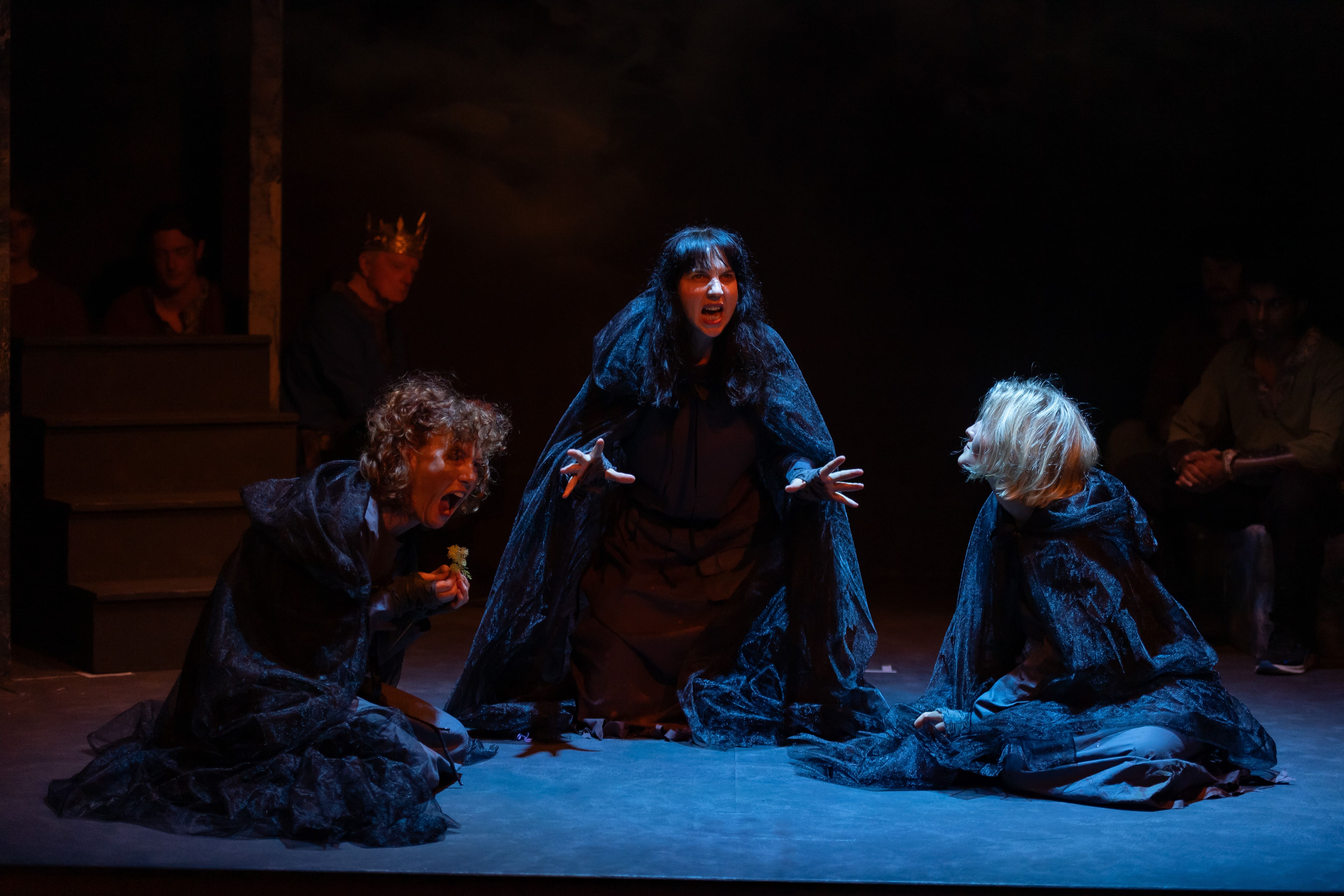
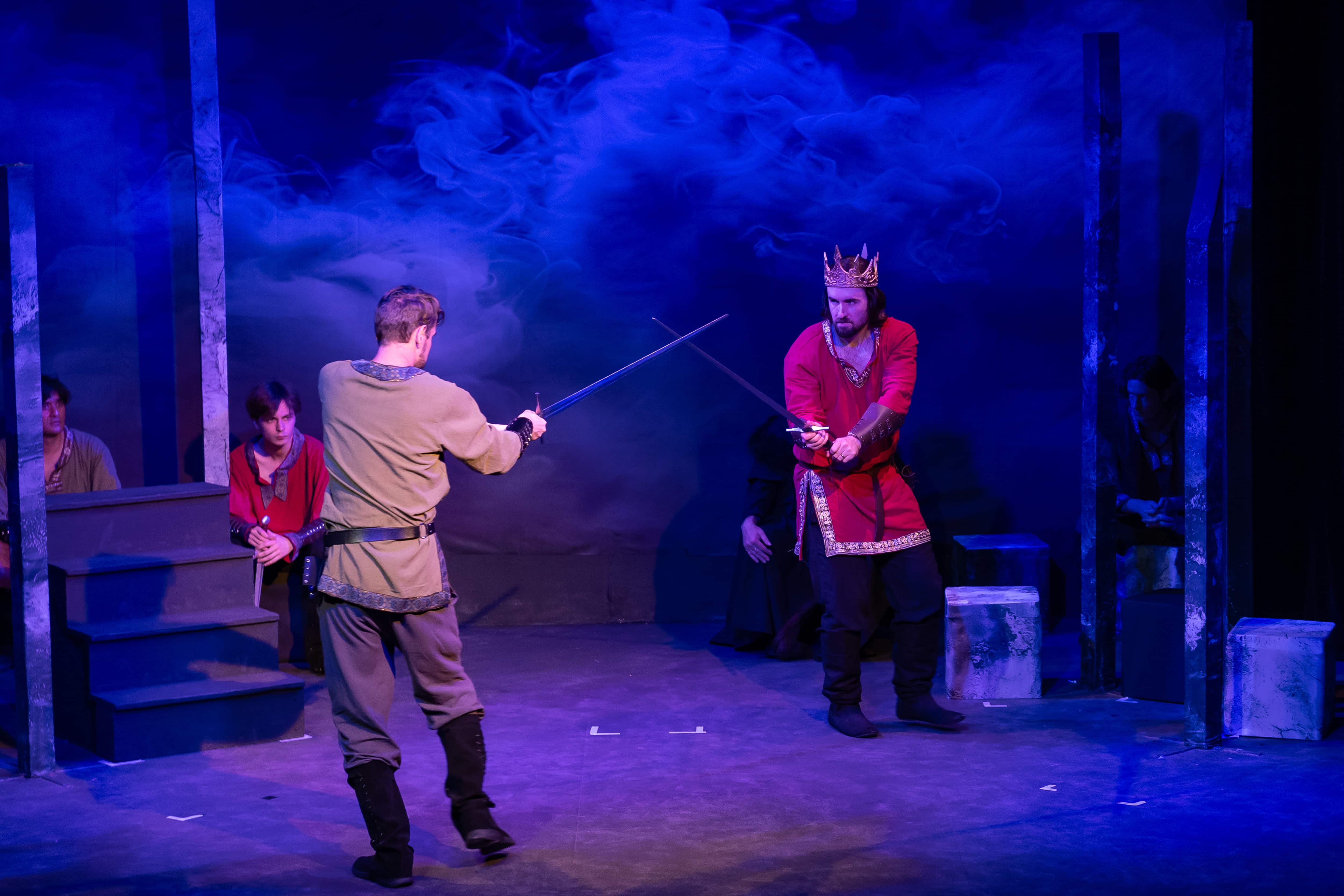
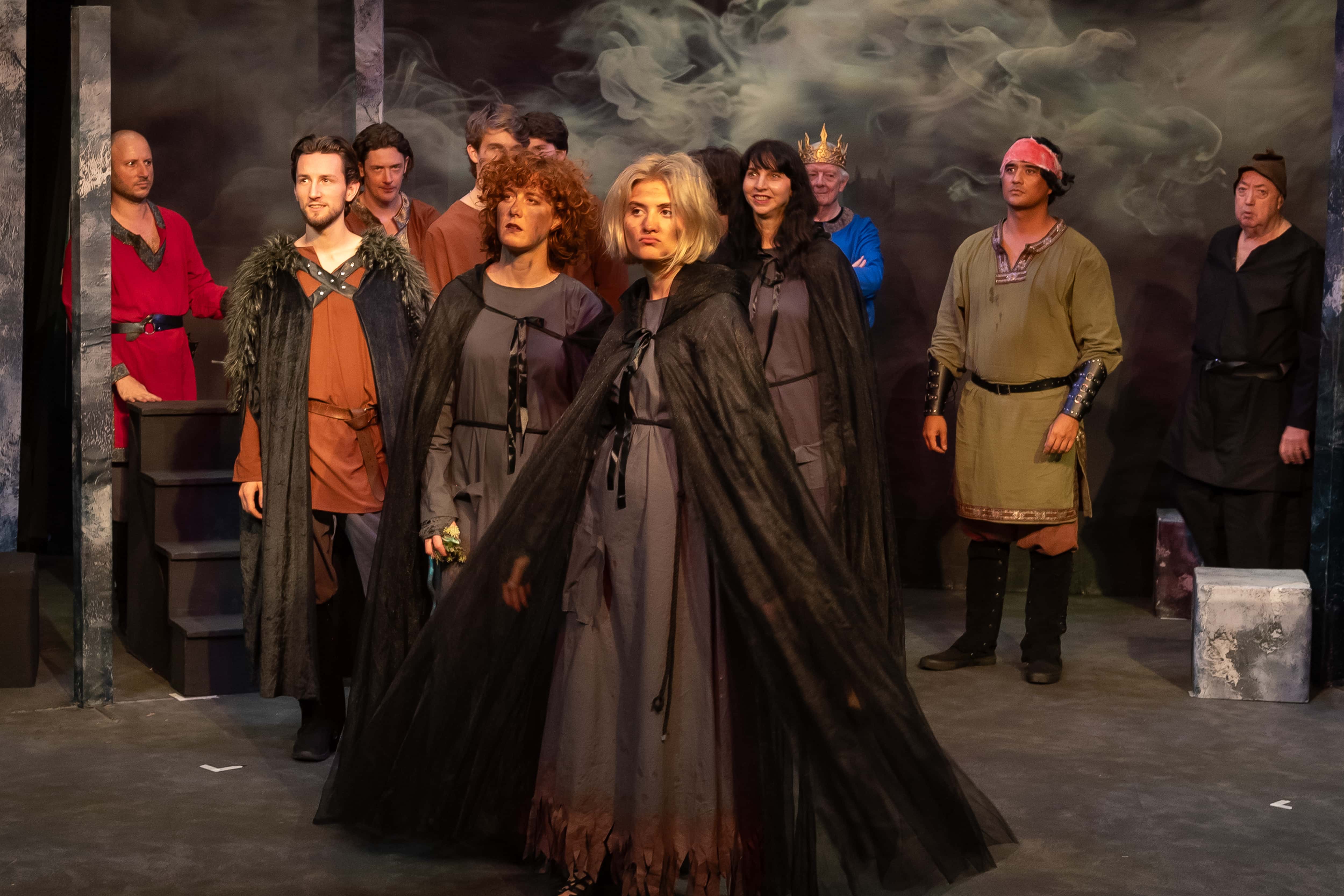
More young people should experience Shakespearean theatre, as Macbeth remains strikingly relevant. While language and idioms have evolved, human nature has not, and the themes of unchecked ambition, moral corruption, and fate still captivate modern audiences. For students studying Macbeth, seeing it performed live provides an invaluable perspective on the play’s intricate dynamics.
The Genesian Theatre, at 2B Gordon Street, Rozelle, offers a viewing experience with well-tiered seating ensuring clear sightlines. The venue is air-conditioned (with two split systems), making for a pleasant atmosphere, as long as they remain on. The bathroom facilities are well-maintained, and the bar is excellent. Parking in the surrounding streets can be challenging, so allow extra time to find a spot.
Final Verdict:
This Macbeth was an enjoyable and well-executed production with a commendable cast and crew. While some moments could have benefited from greater consistency in fluency and intensity, the strong performances – particularly from Banquo, Lady Macbeth, and the witches – made for an engaging evening of theatre. Grinston’s direction, combined with Shakespeare’s enduring themes, ensured that Macbeth still has the power to thrill and unsettle, centuries after it was first performed.
To book tickets to Macbeth, please visit https://genesiantheatre.com/
